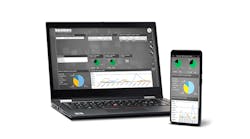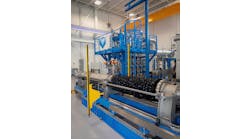Fieldbus Foundation Updates Non-Proprietary Technical Specifications
The Fieldbus Foundation updated its open, non-proprietary technical specifications, which is expected to enhance remote operations management (ROM) and boost the non-profit's technology.
In preparation for the first official ROM device registrations, these ROM specification-related updates, along with an update to the Common File Format (CFF) specification, have improved coverage of ROM communication profiles under existing specifications. In addition, expanded specifications support for complex, mixed conventional I/O points now exists.
Foundation for ROM integrates remote input/output (I/O), ISA 100.11a, WirelessHART, wired HART, and FOUNDATION fieldbus H1 protocols into a single, open-standard data management environment. It also allows complete integration of field-connected assets into the non-profit's fieldbus infrastructure with Modbus incorporation under development.
These improvements extend the capabilities of the group's fieldbus capabilities to wired and wireless devices in remote locations. This open, non-proprietary solution provides a unified digital infrastructure for asset management in applications ranging from terminals and tank farms to pipelines, offshore platforms, and even original equipment manufacturer skids.
As part of this latest release, a fixed set of device description symbol IDs was added to technical note 16 to improve interoperability between backwards-compatible devices and host systems. This improvement provides a more robust way for a host to properly use the backwards compatibility of a device. The foundation created in 2013 a continuous improvement process initiative with the ultimate goal of making the end users' experience with Foundation technology easier than conventional analog control systems.
The usability initiative has since resulted in four immediate objectives: backwards compatibility, pre-defined device templates, automated device replacement and process value interchangeability. Backwards compatibility simplifies device replacement.



